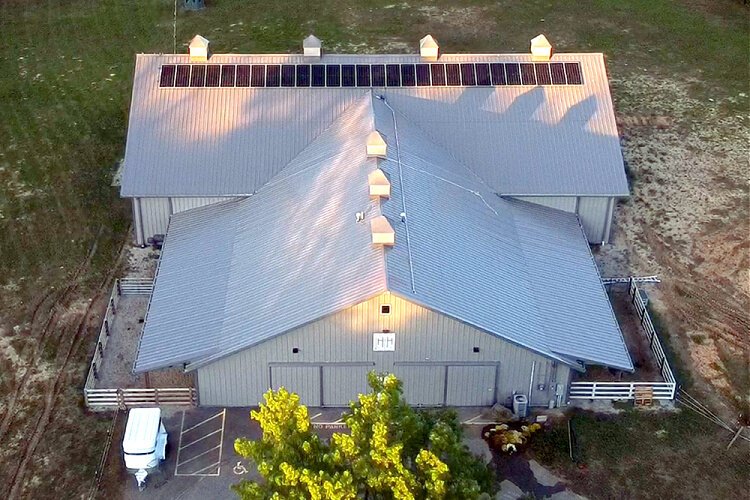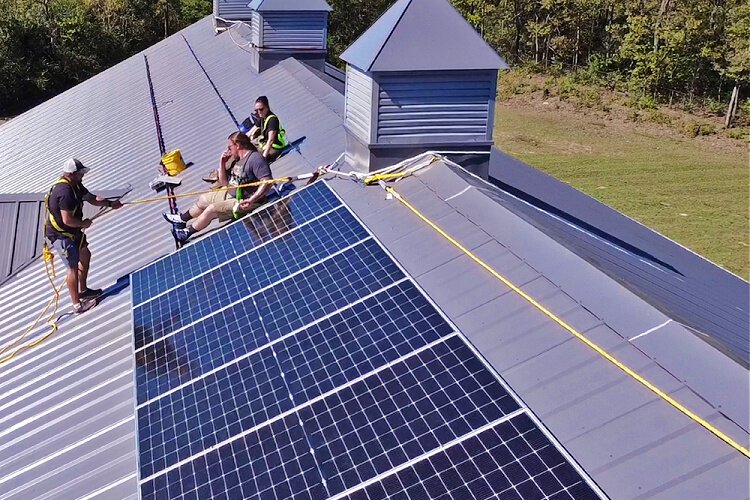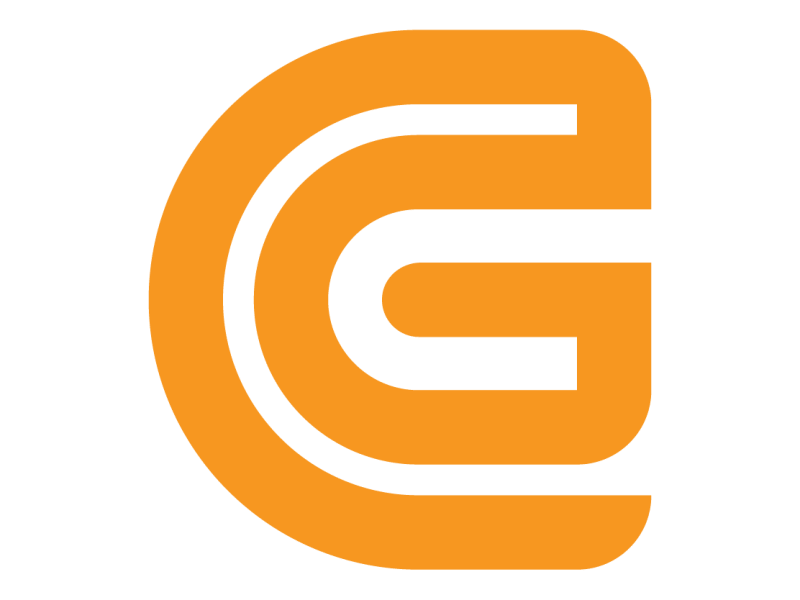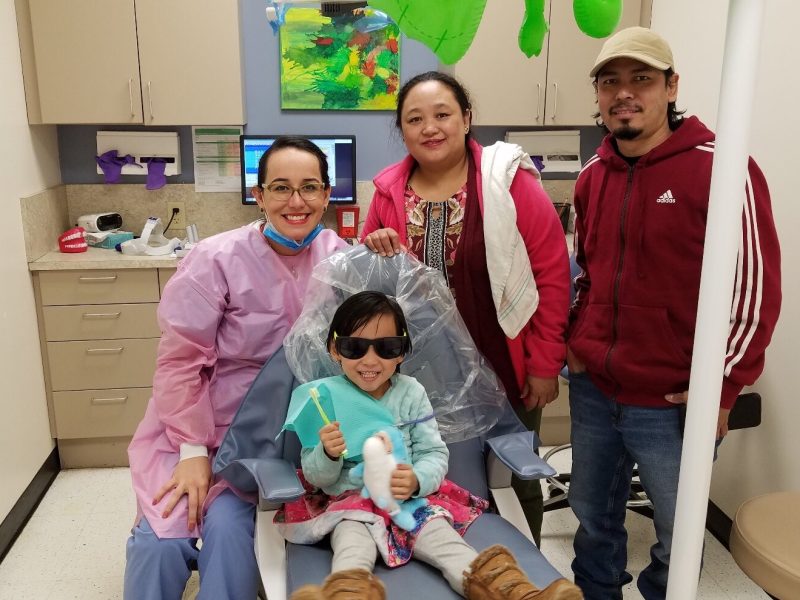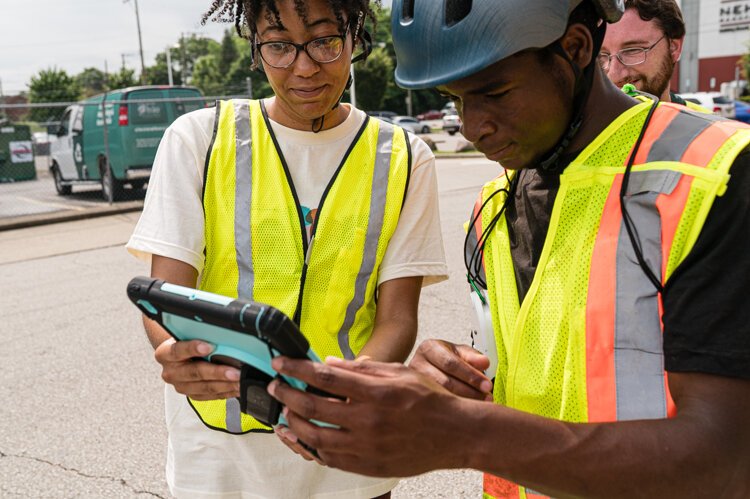Cincinnati Zoo expands regional solar energy with nonprofit collaborators
A Cincinnati Zoo/SonLight partnership illuminates BLOC Ministries’ Horses on the Hill.
As population growth increasingly taxes our natural resources, it’s more and more important to access energy-conserving technologies such as solar power. The first solar-power collection instrument was unveiled in 1883 by American inventor Charles Fritts, and, as the technology becomes more efficient and affordable, it’s gradually becoming a viable option for both local nonprofits and global populations where traditional power grids are scarce or unaffordable.
The Cincinnati Zoo, long a venerated institution and noted among the nation’s finest, became a local leader in green-energy usage, and later became instrumental in taking its initiative beyond its gates to help other organizations use solar-panel technology as a resource for energy efficiency and public service. They collaborated with SonLight Power, which has pursued a mission to provide solar power to global areas of need, and in recent years, has also focused on providing energy-efficient equipment for local mission-driven organizations.
The Zoo reinforced its status as a civic-minded trendsetter when Mark Fisher, its director of sustainability, coordinated its first solar-power installation soon after he assumed his role in 2006.
“My first thought was improving the Zoo’s efficiency, to not waste power and money,” he said. “As we pursued the project, the environmental benefits became clear, and our team embraced more opportunities to implement solar panels as an energy-conserving option. During my tenure at the Zoo, solar technology has become much more efficient, and as it’s become easier to install and more widely used, investment has increased, and it’s become more economically viable.”
The first installation occurred at the Zoo’s education center, facilitated by a Duke Energy donation. Now, its entire parking-lot canopy is equipped with solar panels that provide roughly two-thirds of its power. Fisher said the goal is to be completely self-sustaining with solar-energy production within seven years. As the Zoo’s commitment to expanding solar energy throughout the region has grown, the Zoo enlisted SonLight Power, a Christian-aligned, Milford-based nonprofit that has made numerous solar installations throughout Central America and Africa. The partnership between the Cincinnati Zoo and SonLight Power has helped local nonprofits install solar energy to provide economical clean energy. Executive Director Kevin Sasson said the organization has completed approximately 270 installations, which provided power that serves around one million people.

Horses on the Hill is a Price Hill facility that provides equine therapy to support hundreds of challenged populations.
When COVID-19 precluded SonLIght going abroad to complete international installations, he saw an opportunity: “With the pandemic, we shifted our focus from global to local. There are many worthy organizations in our community that we’re proud to help.”
The Zoo/SonLight partnership has previously worked with BLOC Ministries, a multifaceted Christian nonprofit organization that operates various businesses and homes for at-risk youth and families, among other endeavors, including the installation earlier this year of solar panels at Lydia’s House, a Norwood group home for women and children escaping domestic violence.
In early December, the partnership unveiled a solar-energy installation at Horses On the Hill, a Price Hill facility that provides equine therapy to support hundreds of challenged populations, such as the economically disadvantaged and domestic-violence victims. Bill Luxon, BLOC Ministries’ business manager, noted the significant role equine therapy plays in recovering from life traumas: “Horses are large animals. You can’t force them to bend to your will. To work with them effectively, you have to be attentive and collaborative, and this therapy provides a good lesson for building relationships.”
The three-day installation provided solar equipment valued at approximately $40,000, and was partly funded by a city grant from the Keep Cincinnati Beautiful program, as well as a donation from Johnson Charitable Gift Fund. B & J Electric executed the project’s permitting and installed its wiring. Sasson said the project was distinctively challenging because of the barns’ steeply sloped roofs, but the project’s ability to recoup the initial cost in energy savings within a few years, and the opportunity to educate program participants about solar power’s benefits will make the investment worthwhile.
“Our installations at nonprofits and school provide a valuable opportunity to lean into STEM education, raising students interests in subjects that could lead to in-demand careers,” Sasson said.
Later this year, SonLight continues its local/global dual focus by completing solar-power installations in Walnut Hills as part of this year’s community makeover of the neighborhood, as well as at a hospital campus in Togo. Sasson said, “It’s rewarding to providing energy that improves quality of life and education. During an installation in Honduras, one father, a farmer, said to me, ‘Thank you for taking the machete out of my son’s hands. This will improve his education and opportunities.’”

